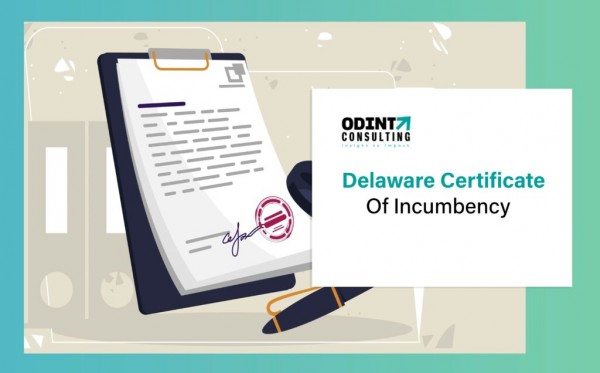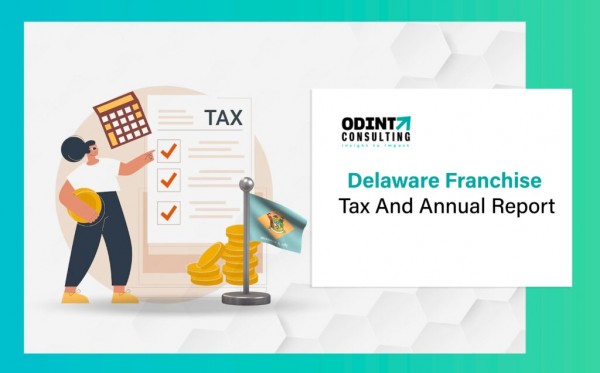Your customer base is developing and you need to extend your business, however development might require adding staff and stock, and that takes cash. Picking the most effective way to get capital for your business is an exceptional test; it's vital to know what choices are accessible to you while gambling with the fate of your business and individual work.
Debt is an instrumental piece of business for most business people, and investors ought to know how to ascertain the complete expense they will pay on the advances they decide to acknowledge.
The Cost of Debt
Computing the expense of obligation is a variable for financial backers who are complete an organization's monetary well-being. The financing cost an organization pays on its obligation will decide the drawn out cost of any business credit, bond, contract, or different obligations an organization uses to develop.
An entrepreneur with no obligations can take a gander at the loan costs being paid by different firms inside a similar industry to find out about the planned expenses of a specific credit for their business.
Working out the Cost of Debt
The expense of obligation isn't completely the expense of an organization's advances, despite the fact that they are a significant variable in the computation. Since the premium on the obligation is charge deductible, a business should increase the coupon rate (the yield paid by a fixed-pay security) on the organization's securities by (1 - charge rate):
Post-charge Cost of Debt Capital = Coupon Rate on Bonds x (1 - charge rate)
or on the other hand Post-charge Cost of Debt = Before-charge cost of obligation x (1 - charge rate)
For instance, a business with a 40% state government and state charge rate acquires $50,000 at a 5% financing cost. The post-charge cost of obligation capital is 3% (cost of obligation capital = .05 x (1-.40) = .03 or 3%). The $2,500 in interest paid to the bank reduces the organization's available pay, which brings about a lower net expense of cash-flow to the firm. The organization's expense of $50,000 under water capital is $1,500 per year ($50,000 x 3% = $1,500).
Buoyancy costs, or the expenses of endingorsing the obligation, are not considered in the computation since those expenses are irrelevant. You for the most part incorporate your duty rate since revenue is charge deductible. It's additionally conceivable (and here and there helpful) to ascertain your pre-charge cost of obligation capital:
Before-charge Cost of Debt Capital = Coupon Rate on Bonds
The expense of obligation mirrors capital the gamble level. Assuming your organization is seen as having a higher possibility defaulting on its obligation, the moneylender will appoint a higher loan cost to the credit, and consequently the absolute expense of the obligation will be higher.
Utilizing Debt or Alternatives to Raise Capital
Obligation funding will in general be the favored vehicle for raising capital for some organizations, however alternate ways of fund-raising exist, for example, value supporting. Explicit types of elective funding (and the parts of the capital construction of the firm) are favored stock, held income, and new normal stock.
Ordinary monetary insight suggests that organizations lay out a harmony among value and obligation funding. Significant to pick the choices are generally reasonable for your staff, investors, and existing customers.
Visit our website for more information: https://ondemandint.com/


















